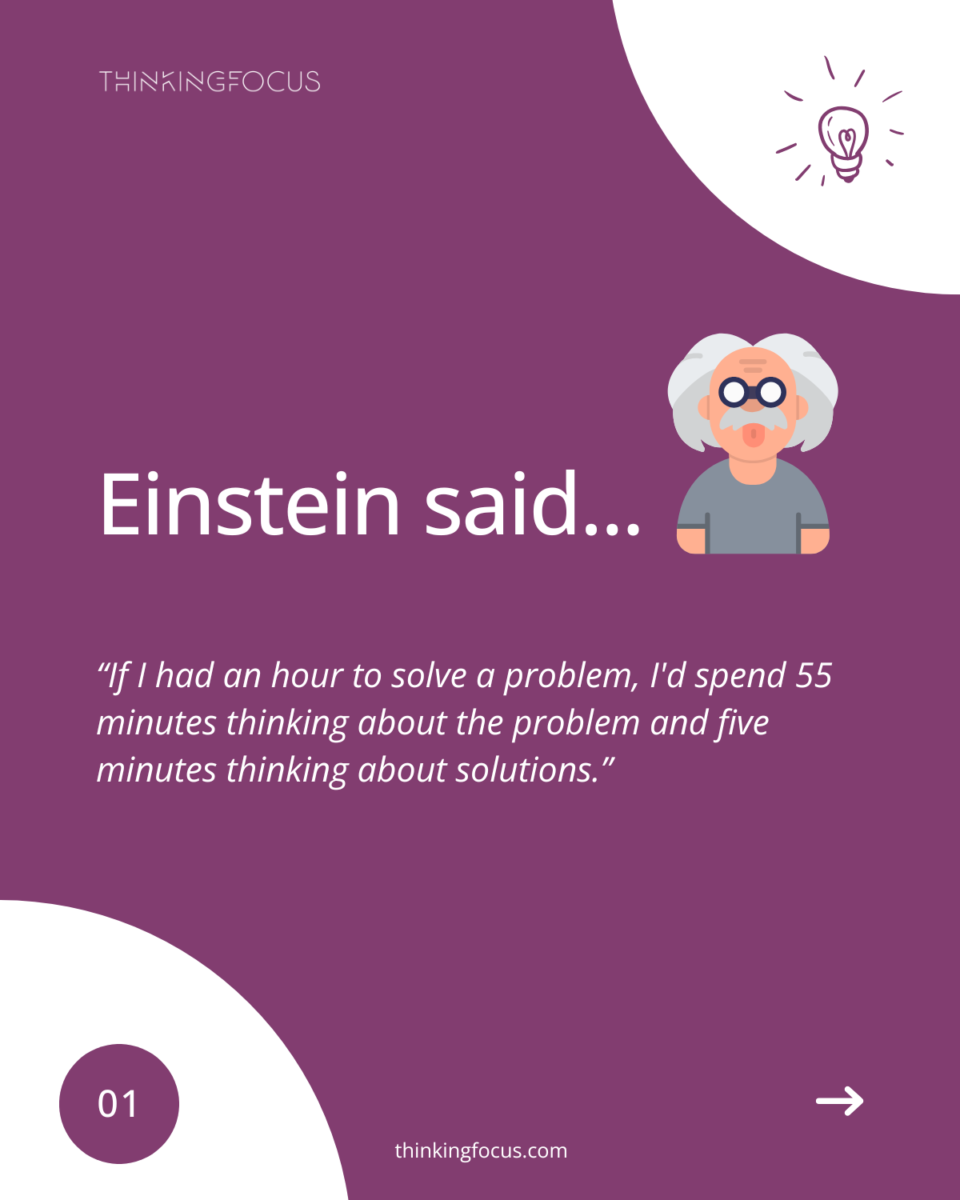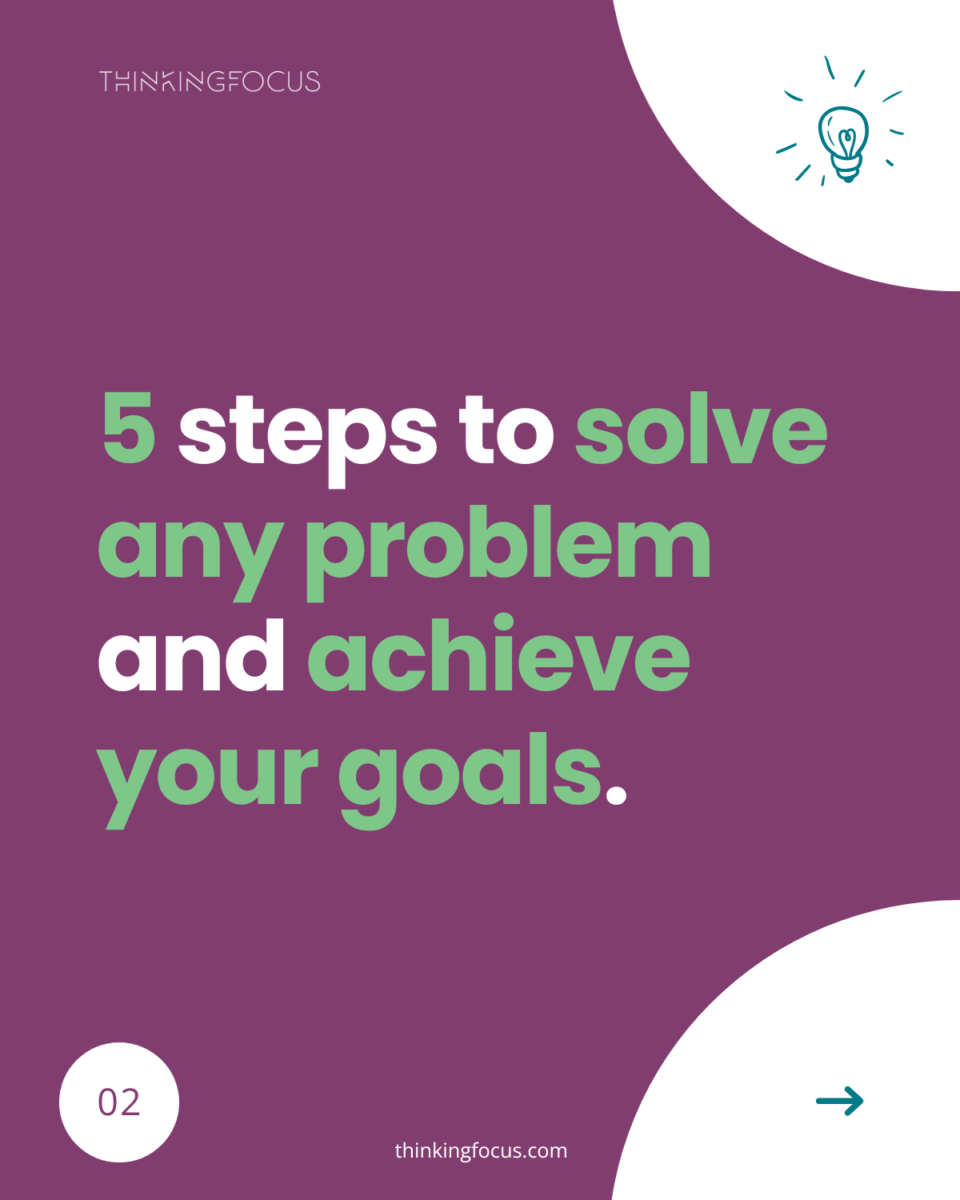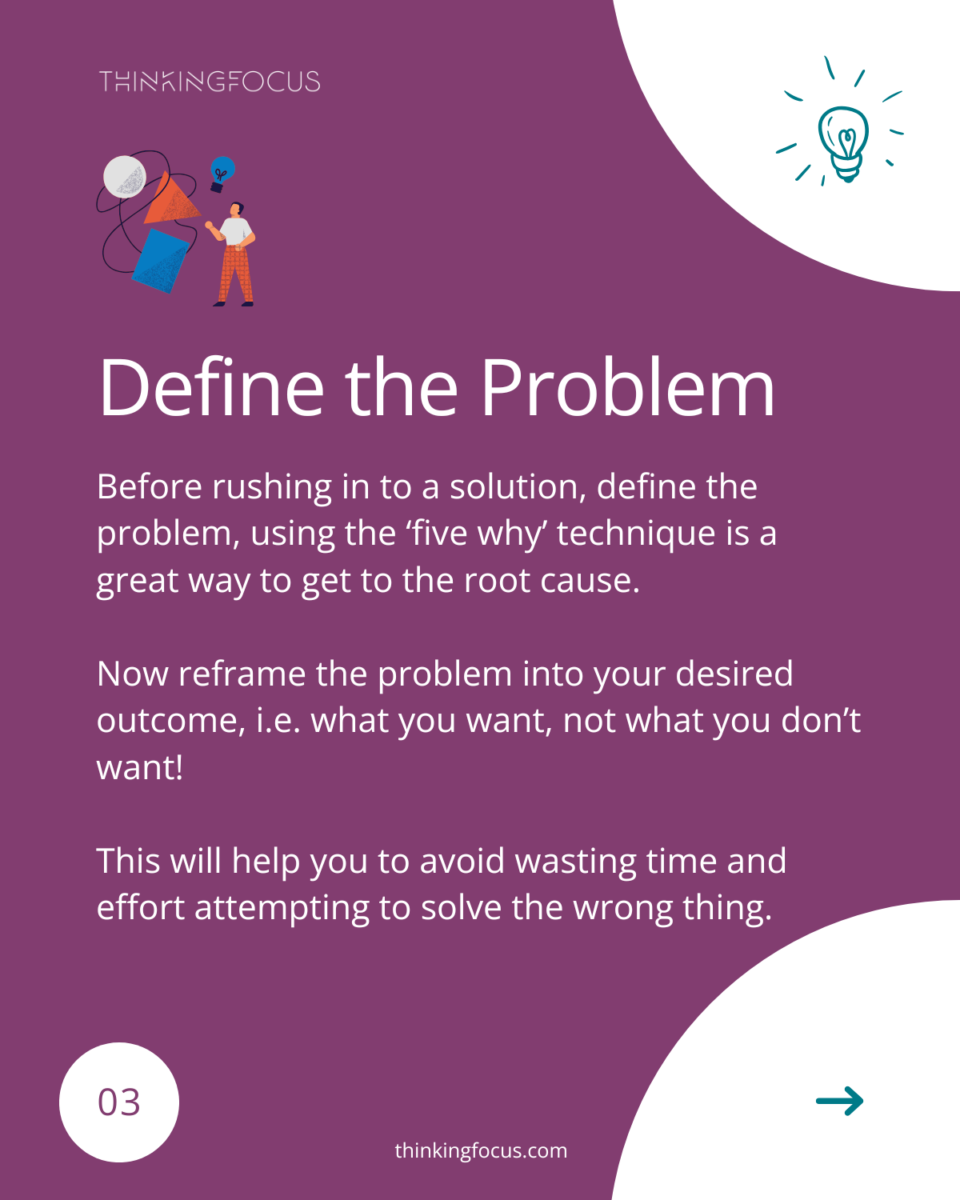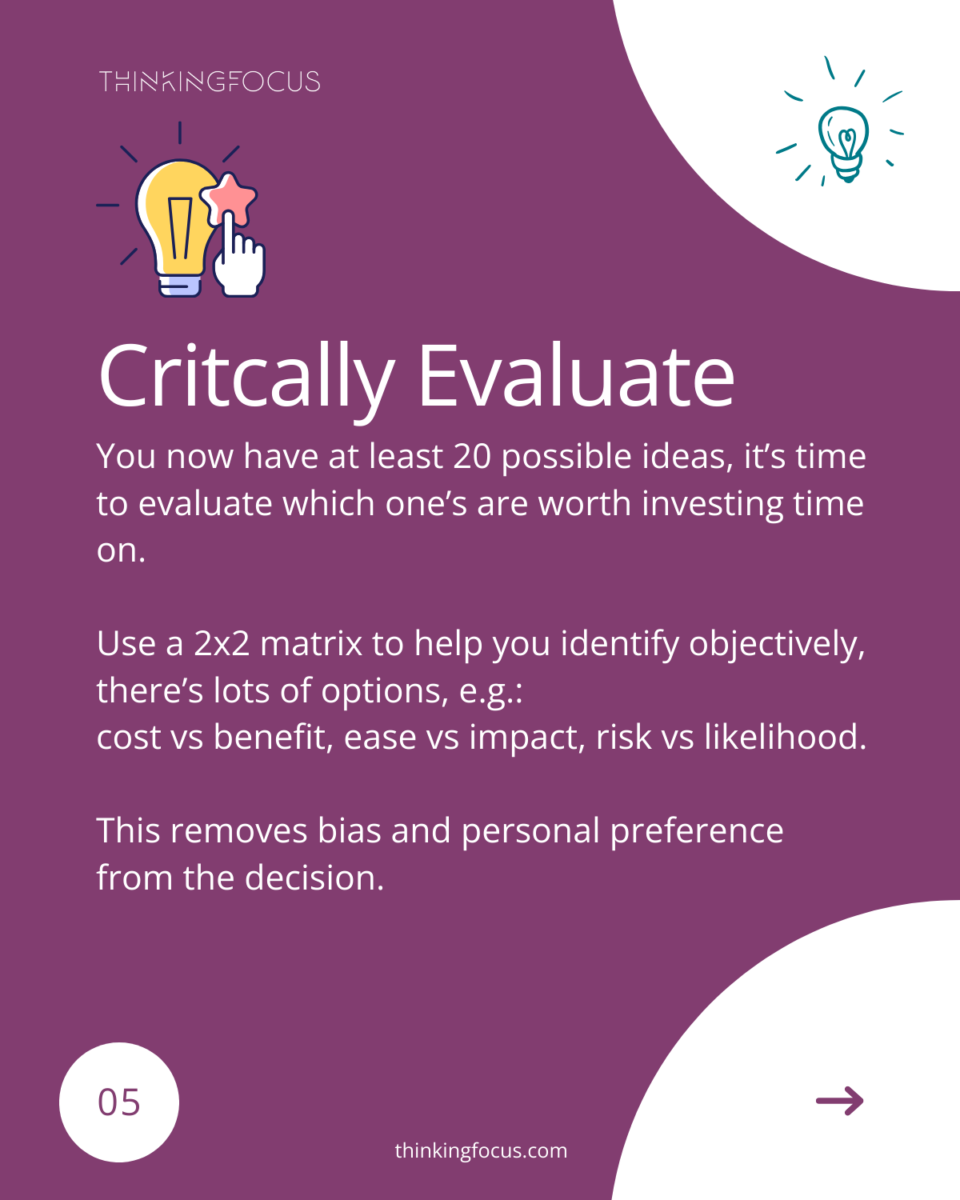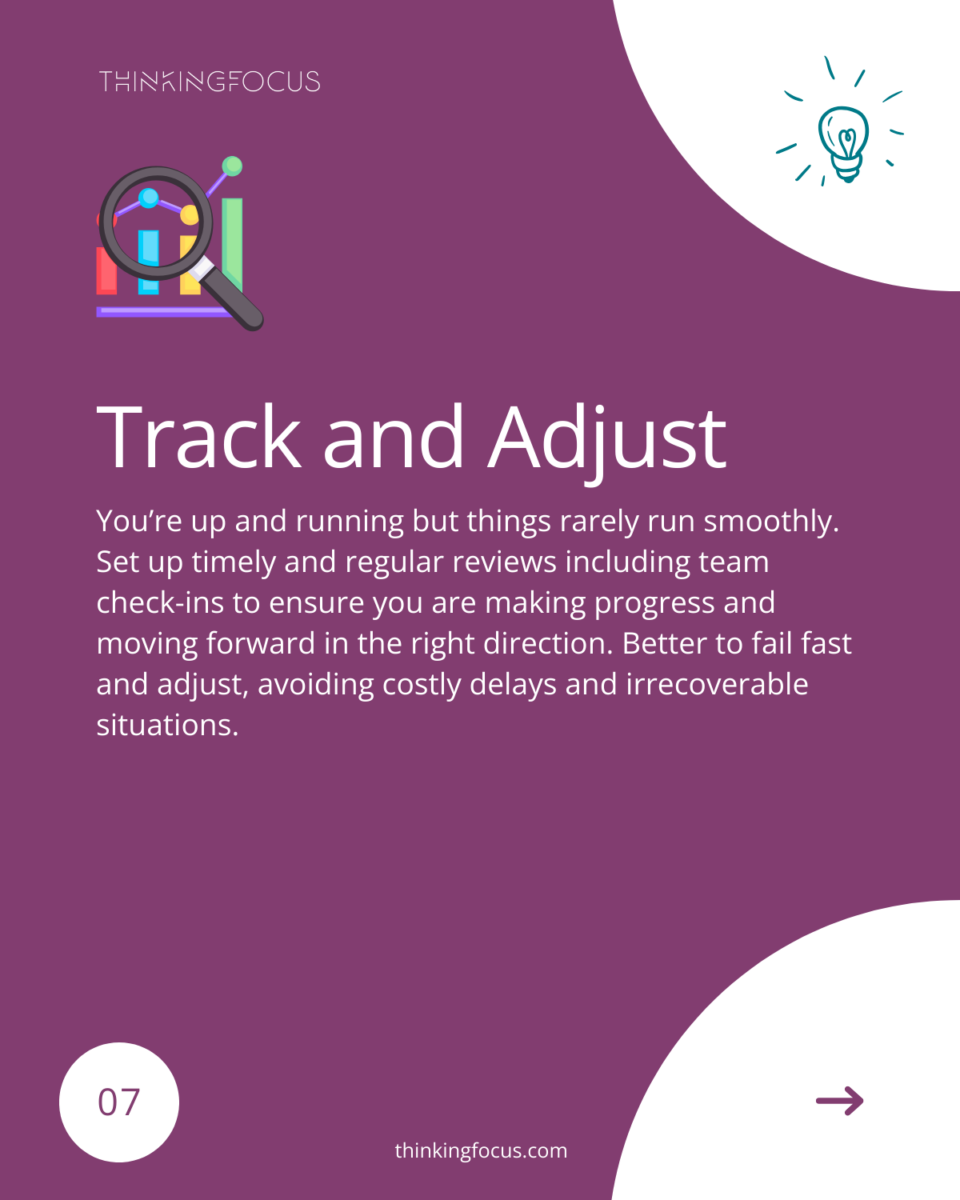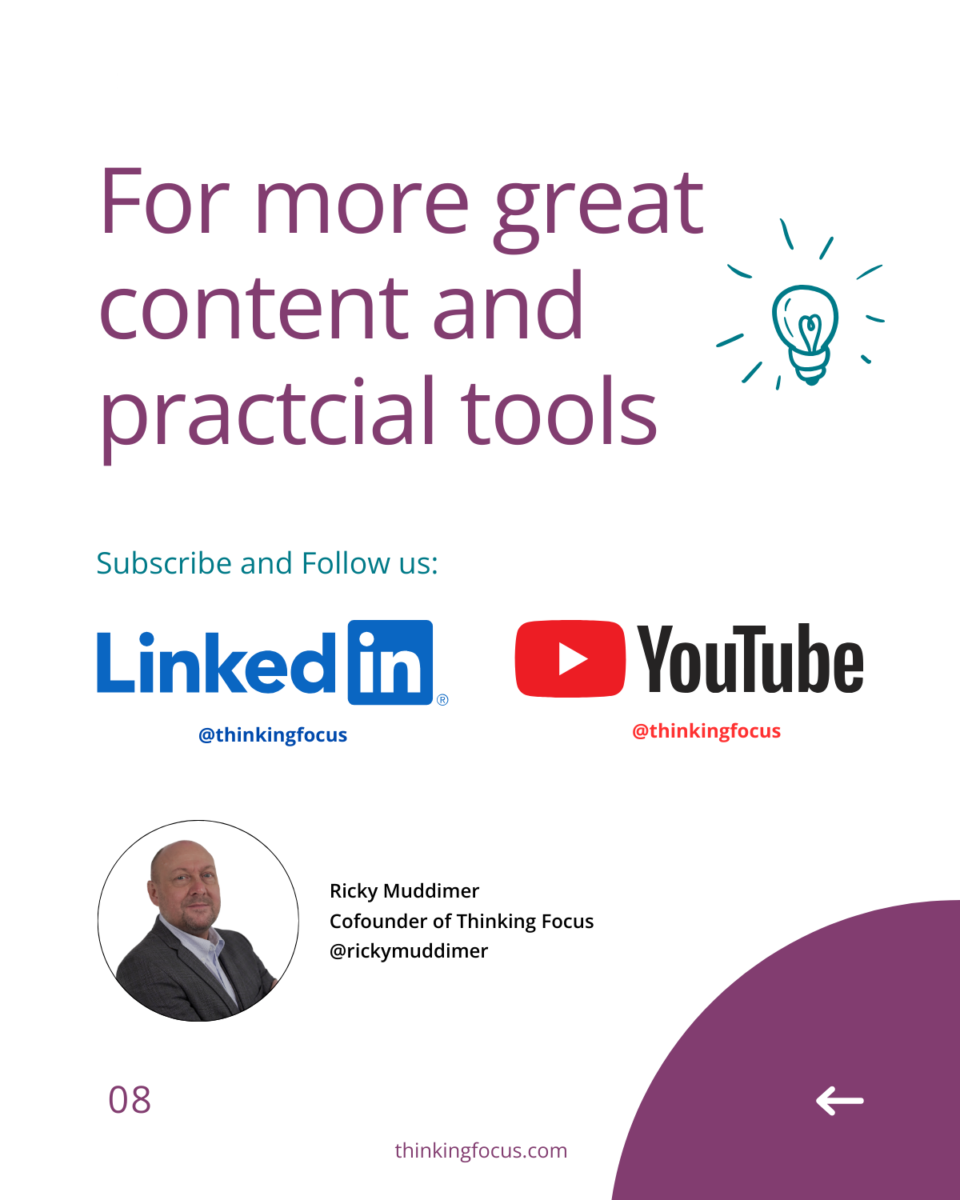Do you wonder why your team are not as productive as they should be? Here are five ways you could be running your business with the handbrake on!
- Lack of Clarity
It may seem obvious, but for people to be productive, they need to have a clear understanding of what exactly is expected of them, what rules and boundaries they are supposed to operate within and what timelines exist.
Test it: Ask your people to describe to you their goal. Are they specific; is there a calendar date?
In the absence of clarity we are effectively saying we don’t care where we end up! Imagine telling your team we are heading north: exactly where will they end up? Just one degree out at the start can lead to being miles off where we thought we would be by the time we arrive north.
- Absence of Purpose
People will add the greatest value when they connect to the guiding purpose. They will generously give discretionary effort when they connect with a higher purpose. Look at volunteers for good causes: they gladly give their time for free! Your purpose provides the sense check for every decision you make.
Test: Ask your people to articulate their understanding of the organisational purpose.
Consider: how well have you articulated your organisation’s ‘why’? In his book Good to Great, Jim Collins describes the value of a corporate purpose. Imagine recruiting your people with all your focus on the ‘what’. If, like many organisations, your strategy needs to change, the connection with the ‘what’ is lost and their commitment is now challenged. However, your purpose should never change and therefore a team recruited to connect with the ‘why’ will happily adapt to a change in strategy: they will see it as necessary to achieve the purpose.
- Lack of Autonomy
Being too prescriptive, restricting the space for your people to explore and decide ‘how’ they go about delivering their objectives will feel, for them, limiting and disengaging. This feeling will restrict productivity, and your people will only do what is asked and no more as they are not expected to think. Even in environments that are heavily process-driven to maximise consistency, reduce waste and optimise output, people can be allowed to solve problems or create space for them to work on other areas of the business.
Test: Ask your people what frustrates them most about their work.
Look for opportunities where you can involve your people in improving the business, create mini projects for them to get involved in and make an impact on the company. When set up in the right way, these can provide many benefits; engaged people, improve collaboration & teamwork and tangible business results.
- Lack of Confidence
People will hold back or fail even to get started on their objectives when they lack confidence or feel others lack confidence in them. This sense, feeling or perception creates inertia and leads to a waste of time which could cause missed milestones and costly project delays.
Test: Ask your people on a scale of 1-10 (10 is high) how confident they feel that they can achieve their goals. Look for a 6 or above.
A lack of confidence (a number of 5 or less) stems from ‘unhelpful thoughts’. These thoughts are based on assumptions, limiting beliefs and biases. They may not be founded in fact or reality yet we allow them to have debilitating effects on our performance. Externalising these thoughts is a crucial step to removing the interference they cause. This will require you to create an environment where people feel able to share concerns without feeling insecure or threatened.
- Frustrating Environment
People get easily distracted, whether it’s internal politics, perceived unfairness in how colleagues are treated or the systems and processes driving them mad. While they are focused on these environmental factors, they cannot be entirely focused on delivering their objectives. As Peter Drucker said, “So much of what we call management consists of making it difficult for people to work.”
Test: Ask your people, if they had a magic wand, what three things would they wish for to make it easier to achieve their objectives.
Look out for these three areas:
– Internal conflicts – a common cause of conflict is a lack of strategic clarity and purpose. It is this high-level perspective that enables priorities to be established and decisions to be validated. In the event of conflict, who wins out currently? Whose ego dominates?
– Do your systems enable your people to do their job or do they perform in spite of them? Designing your systems around your people AND processes will enable them to be more productive. How many workarounds exist in your business? Have your people accepted and normalised these productivity killers?
– Do the processes that you have spent time and money developing really exist and get followed, or are your people finding other ways to get the job done? Have your processes been over-engineered to meet overzealous interpretations of rules and regulations?
The environment question provides an excellent source of potential value. Your people will happily tell you what’s wrong if given the opportunity – however, this comes with a health warning! Once you ask, you will raise expectations that things will change and whatever you choose to do with the feedback, above all, you must maintain an open dialogue about your decisions and the reasons behind them.
Thinking Focus works with teams and business units in organisations around the world, helping them achieve breakthroughs by enabling them to think differently. Our clients range from medium-sized enterprises to divisions of blue chip multi-nationals.
Working with teams on a specific issue, or across a business unit to drive productivity, we tailor the approach to deliver the desired outcome. We challenge teams to deliver accelerated behavioural change and performance improvements.


